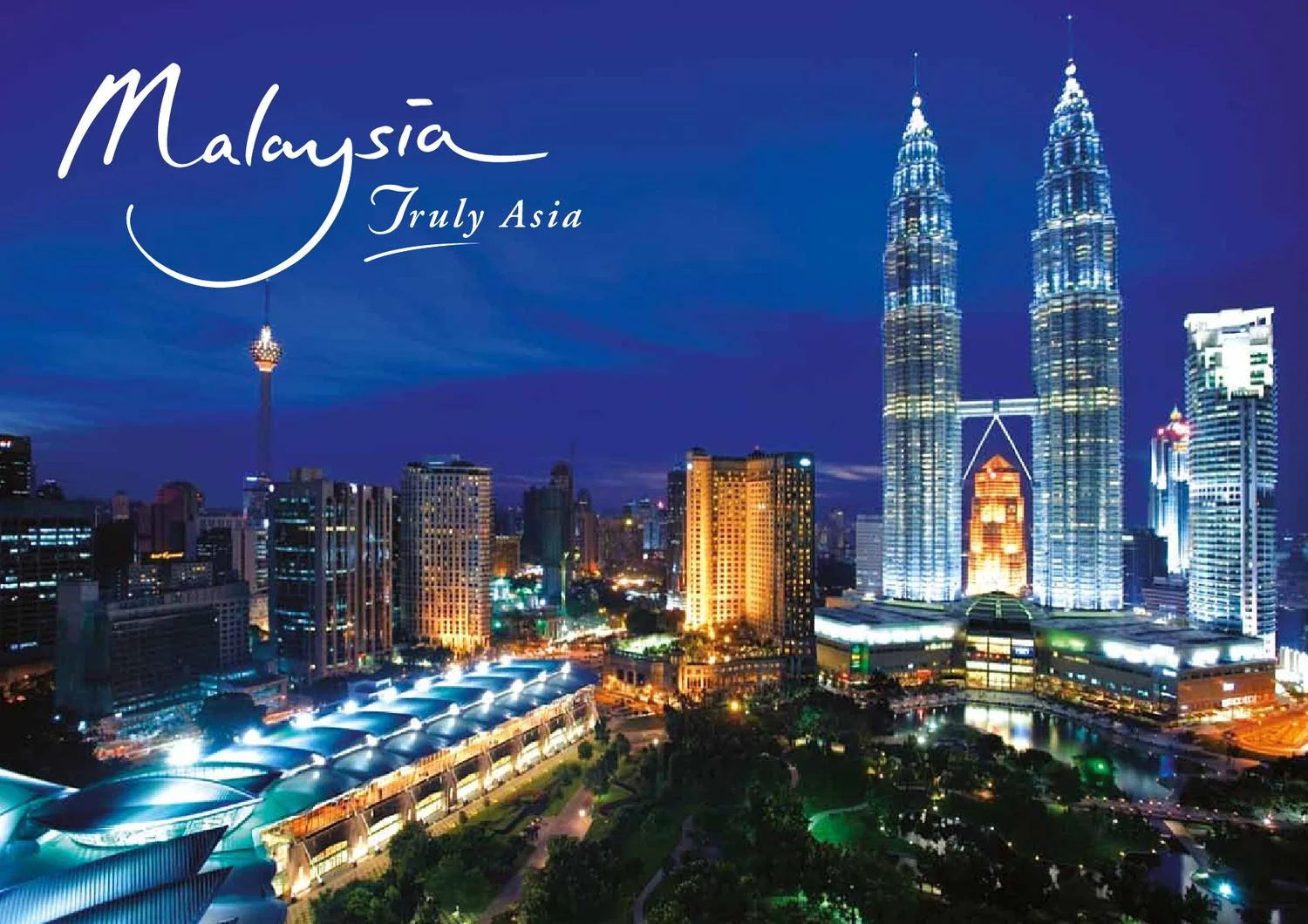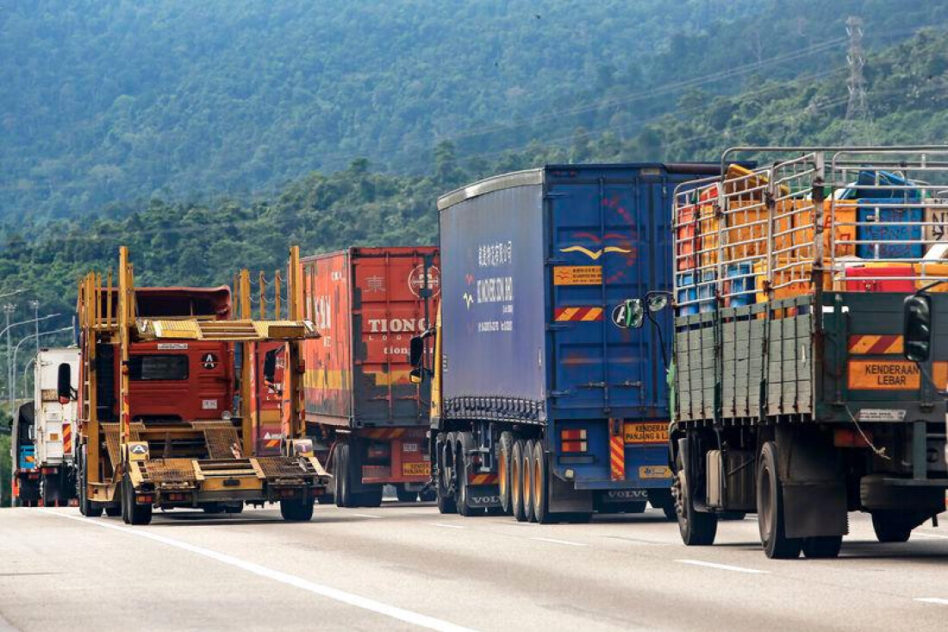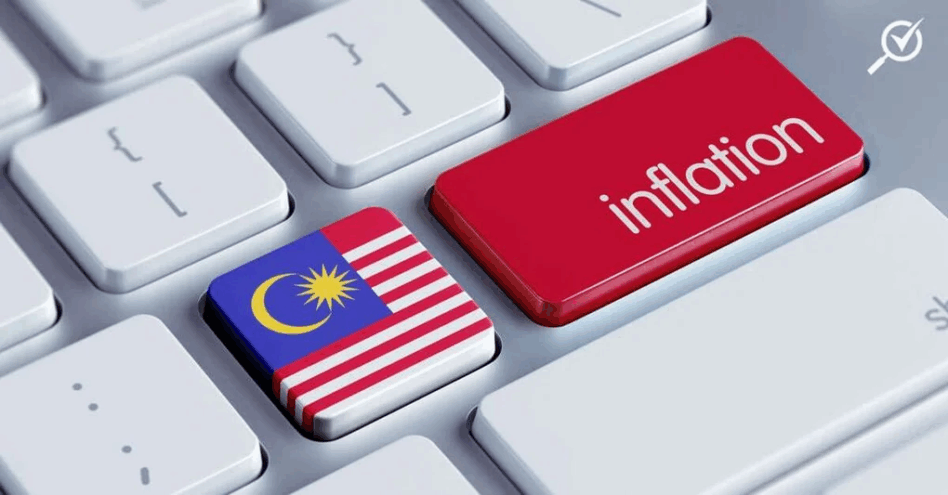LIKE many umbrella terms, tourism means different things to different people. In academia, the discourse is more about academic understanding of tourism.
To succeed in the tourism business, one must be able to attract new customers, retain the old, and be profitable.
Tourism management graduates cannot perform well at work with just academic theories and qualifications.
They must also have strong communication skills, including English, to write, speak, read, and understand clearly, and to interpret correctly what they see, hear or observe.
What they have learned in universities and gathered online are common information and past practices.
In business, choosing what is most applicable depends very much on how accurately various situations or circumstances are interpreted, which differ greatly from person to person.
Also, the same raw data can be used to portray different scenarios, depending on how they are presented or reported.
Those with a superficial understanding of tourism may be able to quote facts and figures, but would not be able to understand well and explain them meaningfully.
Last Tuesday, I received a newspaper report with the heading “Slow start for hotel industry as international travellers remain cautious” forwarded to me by Prof Dr John Chan, along with his comments.
He wrote “Rather unusual for hotels to experience a weak average occupancy rate (AOR) during the ASEAN Summit as well as increase of visitors from China, India and Singapore. Even the average daily rate (ADR) across all categories have dropped”.
My quick reply was “Number of tourists in Jan-Feb this year is still below the 2019 level. Hotel rates do not necessarily correspond with occupancy rates”.
Last Friday, I found that Tourism Malaysia had updated the infographic “Visitor Performance to Malaysia” to March this year.
If the media were to publish one report using the heading “Number of foreign visitors in Jan-Mar surpassed 2019 by more than a million”, and another “Tourist arrivals in Q1 below 2019 level”, many readers would assume that one report must be wrong, but I would say both are correct.
Until I initiated using the term “visitor arrivals” several years ago, only “tourist arrivals” was used for international arrivals, and is still the global practice.
What I did was add up numbers from two separate tables in “Tourist Arrivals” and “Excursionist Arrivals” to produce “Visitor Arrivals”.

This is because excursionists are also very important and should not be overlooked. Their contributions are not limited to food and beverage, shopping and transport sectors.
They can also bring enormous benefits to our country in the form of business, trade and investments.
Therefore, excursionists should not be seen only benefitting areas near the border such as Johor Bahru.
Multi-million dollar deals involve much preparation and negotiation and can be conducted remotely, but are finalised and concluded at in-person meetings and signing of agreements.
In 2019, tourist arrivals to Malaysia in the first quarter was 6,696,230, compared to 6,366,801 from Jan-Mar this year.
Excursionist arrivals for the first three months of 2019 were 2,315,440, but shot up to 3,736,771 this year, thanks to Singaporeans (up 69%) and Chinese (up 142%).
The five countries that contributed the most tourist arrivals were Singapore (2,108,113), China (966,490), Indonesia (955,538), Thailand (418,099), and India (273,192).
All these numbers exceeded their 2019 arrivals. On the other hand, arrivals from most other countries dropped.
Mercifully, had it not been for the granting of visa-free entry for citizens of China and India to stay in Malaysia for up to 30 days from December 2023, the number of tourist and excursionist arrivals would have been much lower.
Under the heading “Slow start for hotel industry as international travellers remain cautious”, it was reported that there was a 31.3% increase from 5.13 million visitors in the first two months of last year to 6.74 million visitor arrivals in January and February of this year.
It was also higher by 14.5% than the 5.88 million visitors in the first two months of 2019. The report added that despite the yearly rise in visitors, Malaysian Association of Hotels president Datin Christina Toh said it was not being reflected in terms of hotel occupancy rates.
But then again, visitor arrivals include excursionists that do not spend at least one night in Malaysia.
Also, if I am a hotelier, I will also operate unlicensed hotels near or next to my properties to accommodate tourists who prefer to book and stay in private residences. ‒ June 2, 2025
YS Chan is master trainer for Mesra Malaysia and Travel and Tours Enhancement Course and an Asean Tourism Master Trainer. He is also a tourism and transport business consultant.
The views expressed are solely of the author and do not necessarily reflect those of Focus Malaysia.
Main image: Tourism Malaysia









